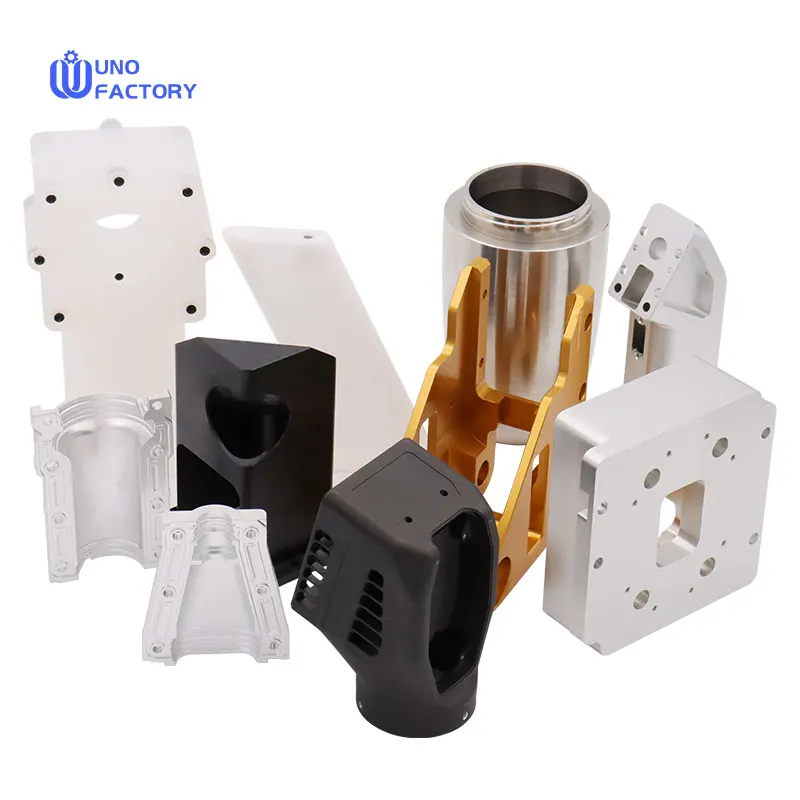Time to read: 6 min

In the dynamic landscape of manufacturing, the ability to transform innovative ideas into tangible products is paramount. This article delves into the critical process of product concept generation, exploring its significance and strategies to enhance the likelihood of creating market-disrupting products. We'll uncover how understanding and applying concept generation can lead to the development of products that not only meet but exceed customer expectations.
The manufacturing industry is a vibrant ecosystem where creativity and innovation converge to birth groundbreaking products. However, the journey from a mere concept to a fully realized product is fraught with challenges. It is in this context that the generation of product concepts becomes a pivotal phase in the product design lifecycle.
Concept Generation: The Foundation of Product Design
Concept generation is more than just a technical description of a product's form and function; it's the cornerstone of the product design process. It translates a customer's vision into a tangible description, setting the stage for the development of a product that can be prototyped and manufactured. This phase is crucial as it lays the groundwork for all subsequent design and manufacturing activities.
Understanding the Essence of Concept Generation
Often overlooked or undervalued, concept generation is the bridge between a brilliant idea and its realization. It involves creating 3D models or rough sketches accompanied by textual descriptions that outline the product's operational principles. This phase is not just about generating ideas but about generating the right ideas that align with the customer's needs and the market's demands.
The Imperative Role of Concept Generation
In today's saturated market, where products are as diverse as they are numerous, effective concept generation is indispensable for the commercial success of a product. It streamlines the manufacturing process by eliminating incompatible or overly complex designs, thereby saving宝贵的 time, effort, and resources.
The Concept Development Journey
The concept development process is a meticulous roadmap that guides designers from the initial idea to a refined product design. It requires a blend of creativity, expertise, and a deep understanding of the customer's vision. Here's a breakdown of the process:
Preparation: The Bedrock of Success
The preparation phase is where the foundation for a successful product design is laid. It involves understanding the customer's needs, reviewing the product concept with the team, and maintaining a detailed design history file. This phase is critical as it shapes the direction of the entire project.
Developing Stage: Breeding Innovation
The developing stage is where ideas are born and nurtured. It involves researching existing products, brainstorming with the team, and selecting the most viable concepts. This phase is a testament to the power of collaboration and the importance of drawing from a wealth of knowledge and experience.
Realization: From Ideas to Reality
The realization phase is where the selected concepts are scrutinized, ranked, and transformed into tangible designs. It's a phase of refinement and decision-making, where the best ideas are chosen based on their feasibility, cost-effectiveness, and alignment with the project's goals.
Conclusion: The Power of Concept Generation
The difference between a successful product and one that falls short often lies in the quality of the concept generation process. At Unofactory, we understand the importance of this phase and are committed to turning your ideas into reality through processes like CNC machining, 3D printing, and sheet metal fabrication. We offer engineering support to ensure your product concepts are not just brought to life but are also poised to take the market by storm.
FAQ:
Why is concept generation important? Concept generation is vital in manufacturing as it streamlines the development process, saves resources, and ensures the product's compatibility and simplicity, leading to a more efficient and cost-effective manufacturing process.
How do you generate concepts? At Unofactory, we follow a structured approach that involves understanding customer needs, brainstorming, and selecting the most viable concepts. This process is iterative and may involve further brainstorming as new challenges arise during the product design process.




